The cover artwork was created by the Polish artist Maciej Kamuda to fit with the style of “Nahab”. Blut Aus Nord weaves another grotesque symphony to your nightmare. The question is how different “Nahab” is from the prequel “Disharmonium – Undreamable Abysses” which in my opinion was overly bleak and hallucinogenic. On the compositional scale, mastermind Vindsval and the rest of the members find themselves in an experimental loop of exploring new grounds. The spooky female chanting is given enough space to create an eerie sense of foreboding, and the ambient elements beautifully add depth to the music that invokes a dark quality.
Since the 2019 album “Hallucinogen” Blut Aus Nord expanded upon its sophisticated songwriting to explore the sonic landscape yielding masterful craftsmanship, opening a whole new prospect and sonic vision for the band. The album captures the menacing soundtrack of cosmic horror with intelligent creativity, and this is how “Nahab” touches the mysterious supernatural atmosphere. The main issue with the prequel is that the songs and the elements aren’t memorable, specifically the guitars, drums on the other hand showcase a broad range of slower, furious, and chaotic beats.
“Nahab” immediately imposes an uncanny feeling of unrest and starts with a short intro, “Hideous Dream Opus #1”. Which then segues into an onset of a frightening journey, the atmosphere is filled with unspeakable demonic whispers and causes unearthly sensations and possessing your soul to succumb to the grotesque symphony on “Mental Paralysis”. Through the ornate soundscape of horror that plays deeply into your mind like some black magic curse awakened by the howling demons of darkness. The accursed music of the jarring guitars, ambient synth, and rattling drums welcomes you into the vast spectrum of the fourth dimension.
The composition this time isn’t very effective, but the music emphasizes a sense of awe-inspiring talent. Blut Aus Nord conveys its bizarre notion of black metal on “Nahab” where each song introduces a thrilling cold atmosphere. For instance, “The Endless Multitude” instills clamoring drum beats and while the subtle ambient synth creates a bleak backdrop for the malefic growls, the dreadful moments of unrest on “Hideous Dream Opus #2” gradually burst into full-throttle blast beats in the following track “The Crowning Horror”. Particularly the guitar arrangement sounds very jarring and disharmonious, capturing the unholy cosmic forces of the abyss.
The rapid drums give way to an increasingly sophisticated torrent of disharmonious riffs embodying subtle tremolos as well as dissonance guitar riffs. While your heart races with the blistering torrent of caustic guitar riffs and followed by a maelstrom of whirling drums, the music becomes devoid of melodies. Blut Aus Nord infuses dissonant elements in the song structure, therefore the sequel conveys a wider expansive scale. The echoing of the dark malign atmosphere in “Queen of the Dead Dimension” then becomes followed by atonal tremolos and uncanny synth in contrast to the ebbing and flowing growls interweaving in horrific landscapes.
A distorted symphony to your nightmare keeps you paralyzed with the growing suspense. The focused intro in the song “Nameless Rites” offers a refined sense of the guitar work, with the ebbing of the dark mantra Blut Aus Nord taking its craft to superior heights. The depiction of horror is personified by the uproarious crescendo of the dreary synth adding layers to spacey guitar licks, when these elements are combined into an exhilarating horror soundtrack they create a beautiful atmosphere.
Surprisingly, Blut Aus Nord evokes its unconventional style of modern black metal trademarks with the ferocious opening of the blasting drums on “The Ultimate Void of Chaos”. The uncanny vocalization of the female chants creates a contrast to the malefic growls of Vindsval which reverberates like a thunderous roar. The guitars deliver endless slabs of cold biting tremolo-picked riffs, and the dark whispers echo from beyond the veils of a lifeless dimension that sets a chilling experience. While the album’s closure “Forgotten Aeon” begins at a slower-paced tempo, the guitars demonstrate bizarre twists where the rhythm takes full effect on funneling the horror and coalescing into the clamoring beat of the chaotic drums.
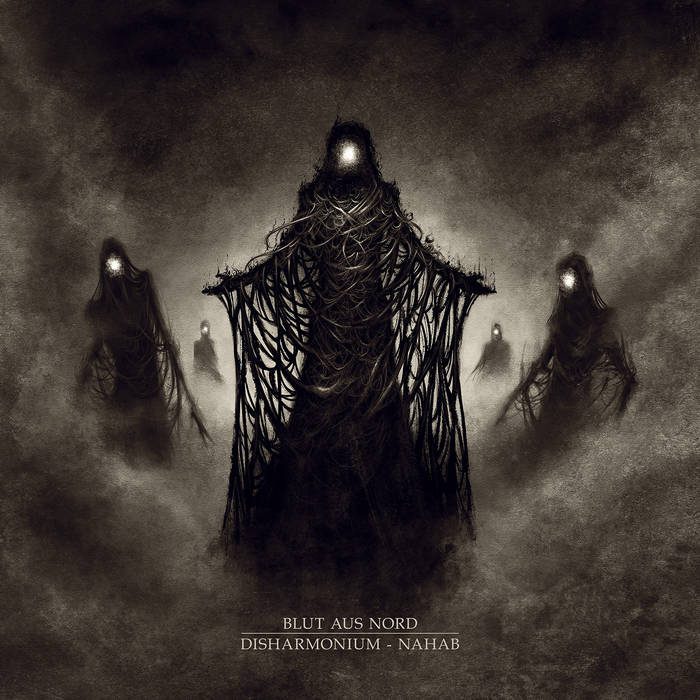
Links
REVIEW SCORE
| 8 | “Nahab” proves the originality and the innovative music that unleashes a beautiful work from the French black metal avant-gardist, this is a great sequel to the first part of the ‘Disharmonium’ album series that truly deserves your attention. |
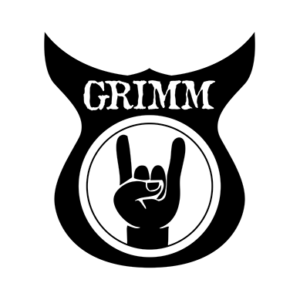


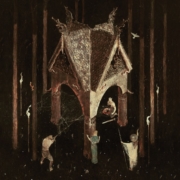
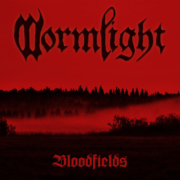
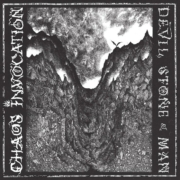
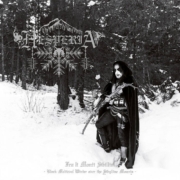
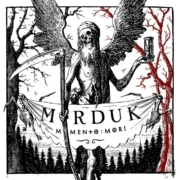
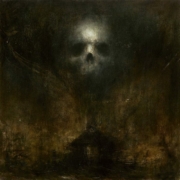




Leave a Reply
Want to join the discussion?Feel free to contribute!